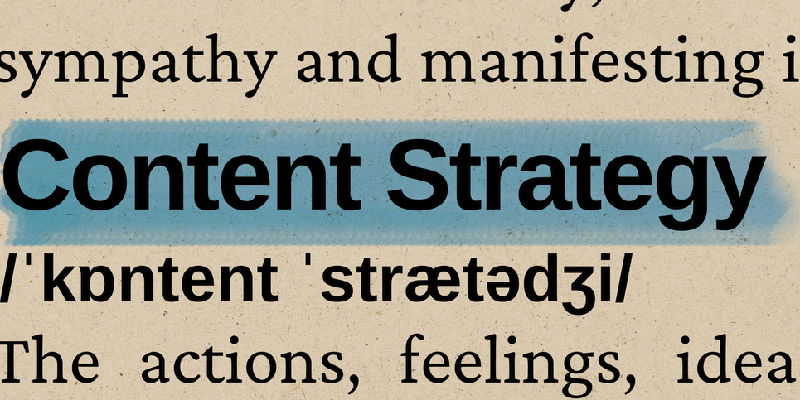Every business aims to reach a wider audience, boost engagement, and drive conversions. A digital content strategy is crucial for online businesses to achieve those goals. With the right content strategy, businesses can connect with their audience, build brand awareness, and drive traffic to their website. Developing a successful digital content strategy requires a thorough understanding of the audience, their preferences, and their behavior. In this article, we will discuss how prioritizing audiences can help businesses create a successful digital content strategy.
Prioritizing Audiences in a Digital Content Strategy
The first and foremost step in developing a successful digital content strategy is to identify and prioritize the audience. Without knowing the audience, businesses cannot create content that resonates with them. Defining the audience helps businesses understand their interests, pain points, and behavior, allowing them to create content that connects with their audience and drives engagement. This requires researching and analyzing the audience to create customer personas that represent their target audience.
Marketing Approach to Include in Any Content Plan
When creating a content plan, businesses must consider their marketing approach. Content creation is not just about creating blog posts or articles; it should align with the overall marketing strategy, including social media, SEO, email marketing, and other digital marketing channels. By taking a comprehensive approach, businesses can increase their reach and drive more traffic to their website.
Setting Clear Goals and Measurable KPIs with the Annual Plan
A successful digital content strategy requires businesses to set clear goals and identify key performance indicators (KPIs). This allows businesses to measure the success of their content strategy and make improvements where necessary. The annual plan should set specific, measurable, achievable, relevant, and time-bound (SMART) goals for each marketing channel, for instance, increasing website traffic or improving social media engagement. This helps businesses to stay on track and ensure that the content is aligned with their goals.
Considering Blogs as Part of Digital Content Strategies
Blogging has been a crucial part of digital content strategies for years. Businesses with an active blog audience and a high traffic rate to their website have higher engagement and conversion rates. Regular blogging helps establish a business’s authority in their niche and attract potential customers. Additionally, blog posts can be shared on social media and other digital marketing channels, driving more traffic to the website.
Engaging the Audience with Coordinated Content Types
Creating a variety of content types is another way to engage the audience. Businesses can repurpose their content into different formats, such as videos, infographics, podcasts, and webinars. This allows the audience to engage in different ways, depending on their preferences. Coordinating various content types helps businesses showcase their brand and connect with their audience through multiple channels.
Researching and understanding audience segments and personas is critical for developing a successful digital content strategy. By analyzing the audience, businesses can create customer personas that represent their target audience. These customer personas consist of demographic data, behaviors, interests, and pain points of a group of people. This helps businesses create content that resonates with their audience and drives engagement.
Creating Suitable Content as per Goals and Audience
Once businesses understand their audience, it’s time to create content that aligns with their interests and preferences. There’s no one-size-fits-all approach to content creation. That’s why businesses should create content suitable for their goals and their audience. By tailoring the content, businesses can connect with their audience and drive engagement.
Multichannel Digital Content Strategy Drives Increased Traffic and Views
Businesses can increase their website traffic and views by implementing a multichannel digital content strategy. Multichannel marketing means communicating with the audience through various channels, such as social media, email marketing, and search engines. By using different channels, businesses can reach more potential customers and build brand awareness, ultimately driving more traffic to the website.
Increased Brand Visibility
A successful digital content strategy improves brand visibility and increases brand awareness. By consistently producing valuable content, businesses can establish themselves as experts in their field and build trust with their audience. As a result, they become more recognizable, visible, and trustworthy in the eyes of their potential customers.
Developing a successful digital content strategy takes time and effort. Prioritizing audiences and creating suitable content can significantly improve engagement and drive conversions. However, businesses should not stop after creating a strategy. They must measure success regularly, analyze results, and make improvements where necessary. With a thorough understanding of their audience and marketing channels, businesses can create a successful digital content strategy and achieve their marketing goals.

